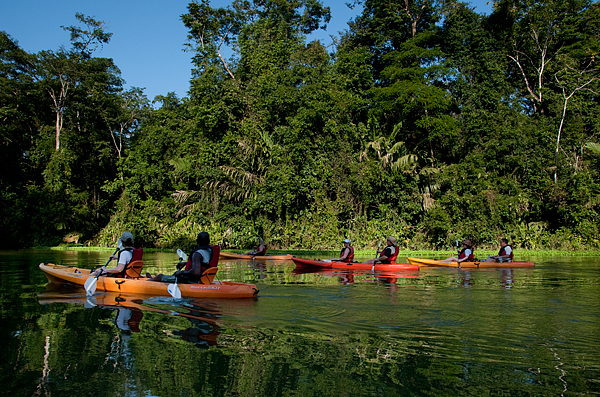|
 |
|
 |
Tourism Engineering
Typically, tourism planning processes concern themselves with the financial success of the target enterprise or study whether the environment of a particular zone is conducive to tourism business success.
Egret views things a little differently.
|
|
|
We see a tourism enterprise (or a regional tourism economy) as an engine that has several potential outputs, including
- profits
- jobs
- business opportunities
- environmental impacts and benefits
- cultural impacts and benefits
- education and idea exchange
- lifestyle
While we do assess the economic viability of a particular tourism undertaking, we also recognize that sometimes the more important outputs of tourism (economies and/or enterprises) are not economic. |
|
 |
We see countries/tribes/states/regions/communities seeking to generate tourism to
- Provide a balance to other economic activities
- Create jobs that will keep young people in the community
- Generate funds for protection of fragile natural and cultural resources
- Foster an exchange of ideas and world views
- Reinforce cultural ways or revive lost cultural activities
- Offset other, less desirable, economic activities
- Create positive visitor experiences
- Attract new residents to the region (including businesses)
|
|
Sometimes it is more important, when looking at the economic aspects of tourism, to program
- Who does the investing
- Where the profits go
- Who ends up making the economic decisions and how those people are related to the host community or region
- A balance between the generation of profits and the generation of jobs and local business opportunities
- A flow of funds to resource protection
|
|
|
 |
Sometimes, when considering the health of local natural resources or cultural heritage, it is more important to consider
- who’s coming
- what they expect to do
- what they are willing to pay to do
- how the product(s) is/are positioned in marketing
- how visitor expenditures contribute to environmental/cultural protection/management
- how to manage volume
- how to manage impacts
- who makes decisions about tourism
|
|
When we speak of tourism engineering then, we speak of sorting through the many possible outputs and prioritizing those outputs based on the desires and needs of the clients. Oftentimes, the resulting model for development, promotion, or operation of an enterprise (or regional tourism economy) is quite different than if we had simply sought to create the most profits in the shortest time.
Egret specializes in balancing economic success of tourism economies and enterprises with the management of impacts and the generation of benefits that don’t show up on the bottom line. We have applied this engineering approach at the level of the individual business, to communities, to nations, and groups of nations. |
|
|
| |
| |
| |
| |
| |
| |
| |
| |
| |
| |
| |
| |
| |
| |

